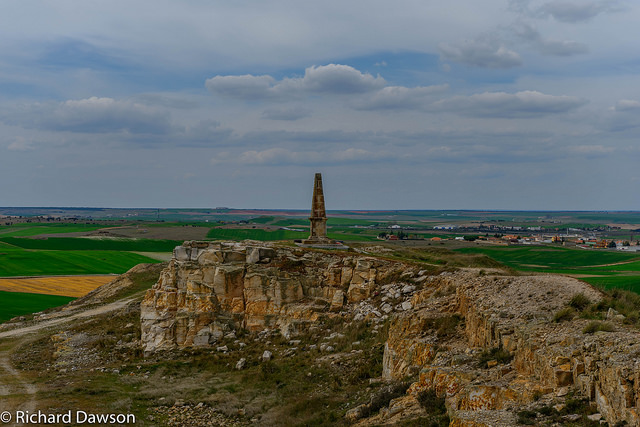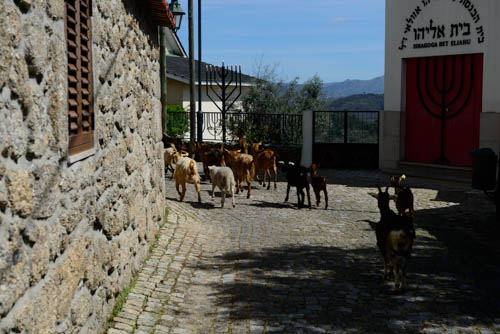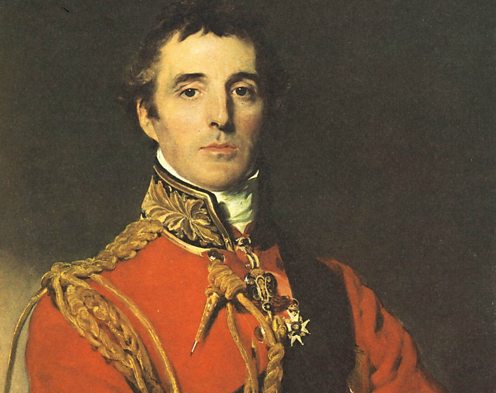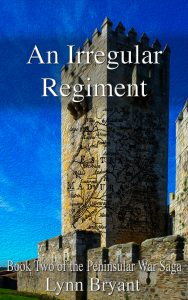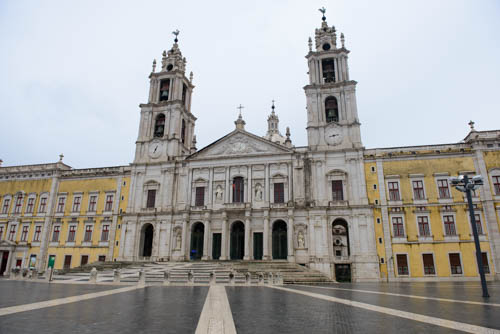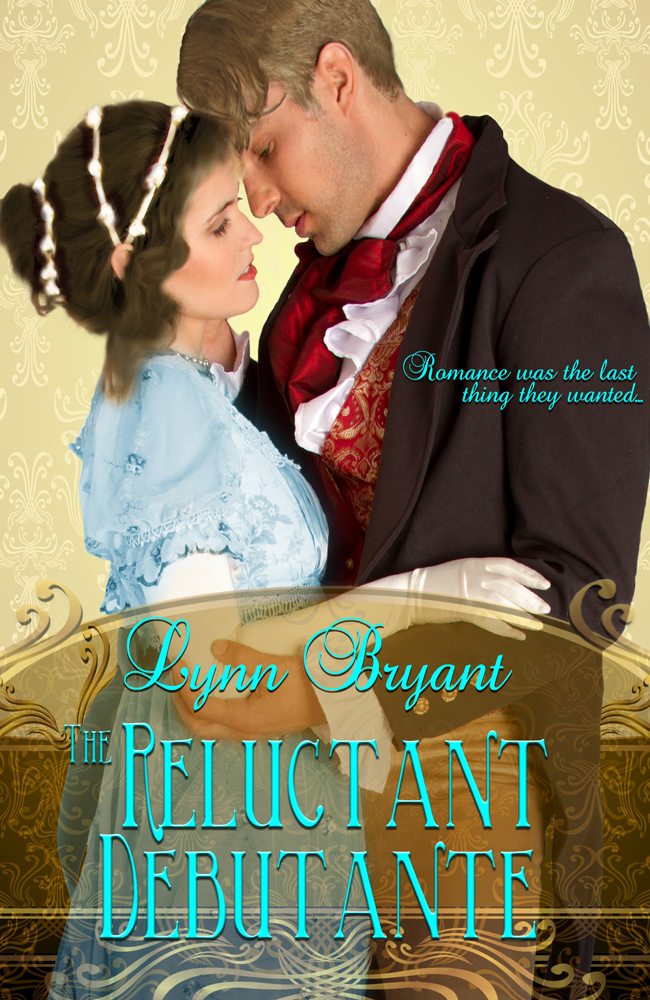The battle of Salamanca was fought on 22 July 1812 and the battlefield was our next destination. It was definitely one of the best days of our holiday.
[slickr-flickr search=”single” photo_id=”36998489653″ type=”slideshow” size=”large”descriptions=”on”]
It had been hot for two weeks, a blistering heat which battered down on the Anglo-Portuguese army as they sat on the edge of the city of Salamanca, setting up a ferocious artillery fire which was designed to pound the city, a major French supply depot, into submission. The French had converted four convents into temporary fortresses and had settled initially to wait for reinforcements. Wellington’s guns were neither numerous enough or powerful enough to subdue the fortifications. But he had more than enough men to blockade the city and with no reinforcements forthcoming, the French surrendered.
“Thank God for that – we do not need another Badajoz!” Colonel Johnny Wheeler commented to his second in command as they took their places in the triumphal procession into the city. “Pretty place, this, and at least they’ve the sense to appear welcoming, whatever they might actually think.”
Major Gervase Clevedon glanced at him with a grin. “Won’t stop a few wine shops losing half their stock tonight,” he said. “But if they’ve any sense at all the taverns will do a good trade. The brothels certainly will, not expecting many of my lads to be around camp tonight unless they’re on sentry duty. I’ve told them I want half in and half out, they’ve drawn lots as to who goes first. If the first lot don’t come back in the morning, I think I can rely on the second lot to go and get them back.”
Wheeler was laughing. “Gervase, what happened to us? We used to be such correct young officers, I swear to God I once had a man flogged for drinking on duty.”
“They still don’t drink on duty, sir, he’d kick them into the river. And I for one wouldn’t go back. We were a regiment of outsiders, the 110th, new-fangled and pretty much laughed at by half the army back in India. Some good lads, mind, but no identity to speak of. As for the 112th it was in so much disgrace when it came back from the Indies most people thought it was going to be disbanded.”
Wheeler ran his eyes over the neat ranks of the 112th. “I know. Look at them now, up here with the light division’s finest. Jesus, it’s hot. I wish they’d get going.”
Clevedon was beginning to laugh. “I think you might find,” he said cautiously, “that the victory parade is being held up while Colonel van Daan’s wife’s maid locates her missing hat.”
Wheeler broke into laughter as a pretty brown haired woman in a sprigged muslin gown sped past them carrying a fetching straw hat trimmed with silk flowers. “Get a move on, Teresa, we’re dying of heat stroke out here!” he called.
Teresa Carter looked back over her shoulder, laughing. “I do not know why he bothers, she will have lost it before they get into the Cathedral,” she said.
At the head of the 110th, Colonel Paul van Daan took the hat from Teresa with a smile of thanks and turned to his wife.
“Put it on,” he said in tones of considerable patience. “Keep it on, I am not having you with sunstroke. Or I will spoil Lord Wellington’s lovely parade by tipping you off that horse into the river.”
“I’m not sure I’d mind that just at the moment, it might be cooler,” his wife said, tying on the hat at a particularly fetching angle. “Jenson, would you ride up and tell Lord Wellington thank you for waiting? The Colonel has a mania about my hats, I cannot tell you what a bore it is.”
Paul’s orderly grinned and spurred his horse forward. Much of the army was settled in sprawling cantonments on the edge of Salamanca, but several regiments had been selected to form part of the parade into the city. This would lead to a Te Deum in the Cathedral and the Plaza Mayor would be illuminated during the evening while Wellington and his officers were entertained by the Spanish grandees of the city to a civic banquet and fireworks.
“You would think,” Paul’s wife commented, drawing up beside him, “that the Spanish would have had enough of fireworks given that the French seem to have blown up entire sections of their city to build fortifications. Since being with the army I have found that things exploding in the sky have taken on a whole new meaning for me.”
(From ‘An Untrustworthy Army’ by Lynn Bryant, book 5 of the Peninsular Series)
The Salamanca battlefield site is immense. Not just in actual size since it probably isn’t the widest battlefield Wellington fought over, but in the amount of information available.
[slickr-flickr search=”single” photo_id=”36958935404″ type=”slideshow” size=”large”descriptions=”on”]
We had planned to visit the battlefield since we first planned this trip. I am halfway through writing book five which is based around the battle of Salamanca and the Burgos campaign, so this visit is particularly useful as it was made ahead of the writing. I had read about the small interpretation centre in the village of Los Arapiles to the south of the city of Salamanca, but had not really looked it up until we were about to go there. I was hugely impressed to find that it was open two days a week, Thursday and Saturday, and we had set aside a Thursday for this trip.
[slickr-flickr search=”single” photo_id=”36958928484″ type=”slideshow” size=”large”descriptions=”on”]
I was so glad we did. This is definitely the best small museum we have visited. For one thing, everything is in both Spanish and English which is much more useful than our desperate attempts to translate interpretation boards in other places. For another, it is amazingly detailed and accurate. From the advantages and disadvantages of the different infantry formations of line, square and column, to the best way to load a musket, somebody here had done their research and very well. If I had a prize for museum of this trip, although it was tiny, this is it.
[slickr-flickr search=”single” photo_id=”37669387851″ type=”slideshow” size=”large”descriptions=”on”]
The other joy was the map we were given of a series of interpretation boards around the battlefield site. There are ten in all, each with information about the battle as it unfolded, and each board has a QR code which can be scanned by a smart phone. A short dramatised account of that section of the battle, in English, can be listened to at each point.
The routes on the map are marked for walking or cycling. The good news is that in good weather all tracks are passable in a car. A 4 x 4 would be best, some of them are very rough, but we managed it on dry roads without. It took about three hours to do the whole thing. Honestly it would have been less if it were not for my pedantic insistence that we do the boards in number order so that we got the chronology right for the battle as opposed to working out the shortest circular route which might have taken half the time. This week the man I married has given the word patience a whole new definition….
[slickr-flickr search=”single” photo_id=”33794627616″ type=”slideshow” size=”large”descriptions=”on”]
With the help of the museum, the interpretation boards, which are excellent, my trusty battlefield guide and a map, the Battle of Salamanca became suddenly very clear to me. Driving from board to board and then climbing hills and rocky outcrops to view the various vantage points of the battle it was very easy to visualise how Wellington was able to split the French line and send their army fleeing within a few hours.
[slickr-flickr search=”single” photo_id=”36958934144″ type=”slideshow” size=”large”descriptions=”on”]
After exhausting ourselves scrambling over battlefield sites, we drove to Alba de Tormes, across the river. This is the route that a lot of the fleeing French army took and no action took place there in real life. In my book a significant skirmish takes place there so I wanted to check if my story worked with the location. I was delighted to realise that with a small adjustment it will work very well.
[slickr-flickr search=”single” photo_id=”36958938174″ type=”slideshow” size=”large”descriptions=”on”]
[slickr-flickr search=”single” photo_id=”36958939544″ type=”slideshow” size=”large”descriptions=”on”]
We came back into Salamanca for dinner. As we are English this involved almost two hours of wandering around this beautiful university city, musing about how it is possible to be in a major city at 7pm and find nobody open for dinner. We still need some adjustment to Spanish dining hours. But time wandering in Salamanca is never wasted, it’s so lovely, especially the university buildings, which will feature in book 5 since both French and then English used them as barracks and storage buildings.
[slickr-flickr search=”single” photo_id=”36958940554″ type=”slideshow” size=”large”descriptions=”on”]
A great day, and tomorrow we would move on to spend our last two nights in Elvas, close to Badajoz, the next of Wellington’s great sieges, where the British army thoroughly disgraced itself.
For regular updates on this site including history, travel, book reviews and plenty of labradors (and a few freebies thrown in) please join the e-mail list here.

